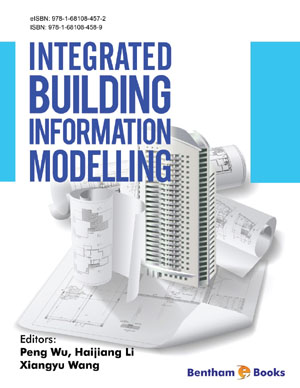Abstract
While site layout planning (SLP) has been widely investigated in the literature, little attention has been directed towards improving the precision of the input parameters required by the SLP optimisation models. The main input parameters required in a dynamic site layout model are the travel frequencies between different facilities, the spatial coordinates of permanent facilities, candidate locations for temporary facilities and facility dimensions. Obtaining reasonable estimates of these parameters is challenging when a dynamic site environment is considered. The estimation process entails a realistic evaluation of: 1). the quantities of material to be transported between facilities at each stage of the construction process; 2). the coordinate positioning of permanent facilities; and 3). the dimensions of the temporary facilities to be positioned. This necessitates the utilisation of information on the progress of different activities and their corresponding material demands and associated facilities during each construction stage. The increasing adoption of building information modelling (BIM) in projects and the resulting extensive project database made available by BIM has provided unique opportunities to improve the accuracy of such assessments. This chapter discusses the applications of BIM in SLP. The chapter starts by discussing the composition of a typical SLP problem and the importance of obtaining reasonable estimates for its associated parameters. The chapter continues by summarising the state-of-the-art in BIM-based methods developed to provide input data to different analyses as well as the state-of-the-art of SLP optimisation models and corresponding solution methods. Benefits to be reaped from integrating BIM within the SLP problem are discussed. Frameworks developed for obtaining travel frequencies and locations of temporary facilities on site, as well as methodologies to account for the dimensions of such facilities at each construction project stage, by taking advantage of the information made available by building information models, project schedules and construction cost databases are presented. The results obtained through applications of one of the proposed frameworks to an illustrative case study highlight the capabilities offered by adopting BIM in SLP.
Keywords: BIM and schedule integration, Integrated building information modelling, Mixed integer programming, Optimisation, Site layout planning, Travel frequency.



